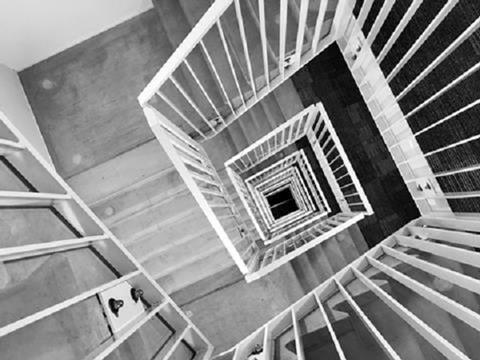CIH throws weight behind lower height limit rather than 30m plan proposed by Michael Gove
The Chartered Institute of Housing (CIH) has backed a ban on second staircases in new residential blocks – but above 18m rather than the 30m proposed by the government.
The professional membership body, in its response to the government’s consultation paper, said tall buildings “should be designed to allow safe evacuation, which should include the provision of a second staircase”.
But it said the limit should be set at 18m in line with recommendations made by the National Fire Chiefs Council (NFCC) and not at the less stringent 30m currently preferred by the Department of Levelling Up Housing and Communities (DLUHC).

The CIH said the NHFCC argues that an 18m limit would “improve safety for both residents and firefighters during an evacuation and provide continuity of message and clarity across the new building safety regime, as it aligns with definitions and new requirements intruded in the Building Safety Act and the Fire Safety (England) Regulations”.
Under the Building Safety Act, buildings over 18m are deemed ‘higher-risk buildings’ and subject to additional regulatory controls.
The CIH said an 18m limit would also create consistency across the UK, as Scottish building regulations require at least two escape staircases in buildings over 18m.
The DLUHC proposal was followed by London mayor Sadiq Khan announcing last week that all planning applications for blocks over 30m in the capital would need to include plans for second staircases.
The CIH recommendation comes amid debate in the industry about the impact of a second staircase rule for construction and design. The Home Builders Federation has warned of confusion over which guidance to follow if the government mandates a 30m limit but the NFCC recommends an 18m limit.
Industry figures have also warned of extra cost and difficulties with viability as providing a second staircase reduces the saleable or rentable area in a block. This could lead to blocks being made taller or bulkier to compensate for the loss of area, while some developers may seek to keep developments under any height limit.
See also>> What the second staircase rule would mean for high-rise blocks
The government’s consultation paper has warned that the move would affect the viability of high- rise buildings and is “likely to reduce the amount of affordable housing that can be provided by developers.”
The CIH said: “It has been clear from the findings of the Grenfell Tower inquiry that relying on a stay put policy in high-rise buildings carries significant risk.
“Even though requirements of the new building safety regime should mean that building owners more regularly assess the components of the building which are designed to prevent fire spread (fire doors, compartmentation features etc.), there will still be a risk that these features become compromised. In these circumstances, during a fire it may be necessary to move from the stay put policy to an emergency evacuation.”
The DLUHC consultation will run until 17 March.




























No comments yet